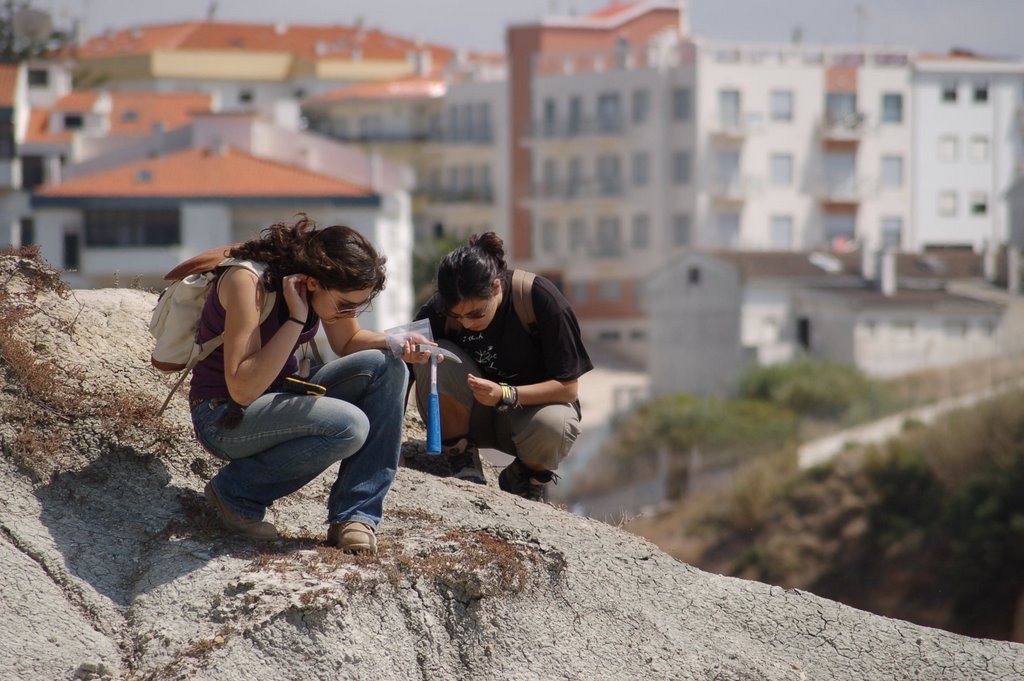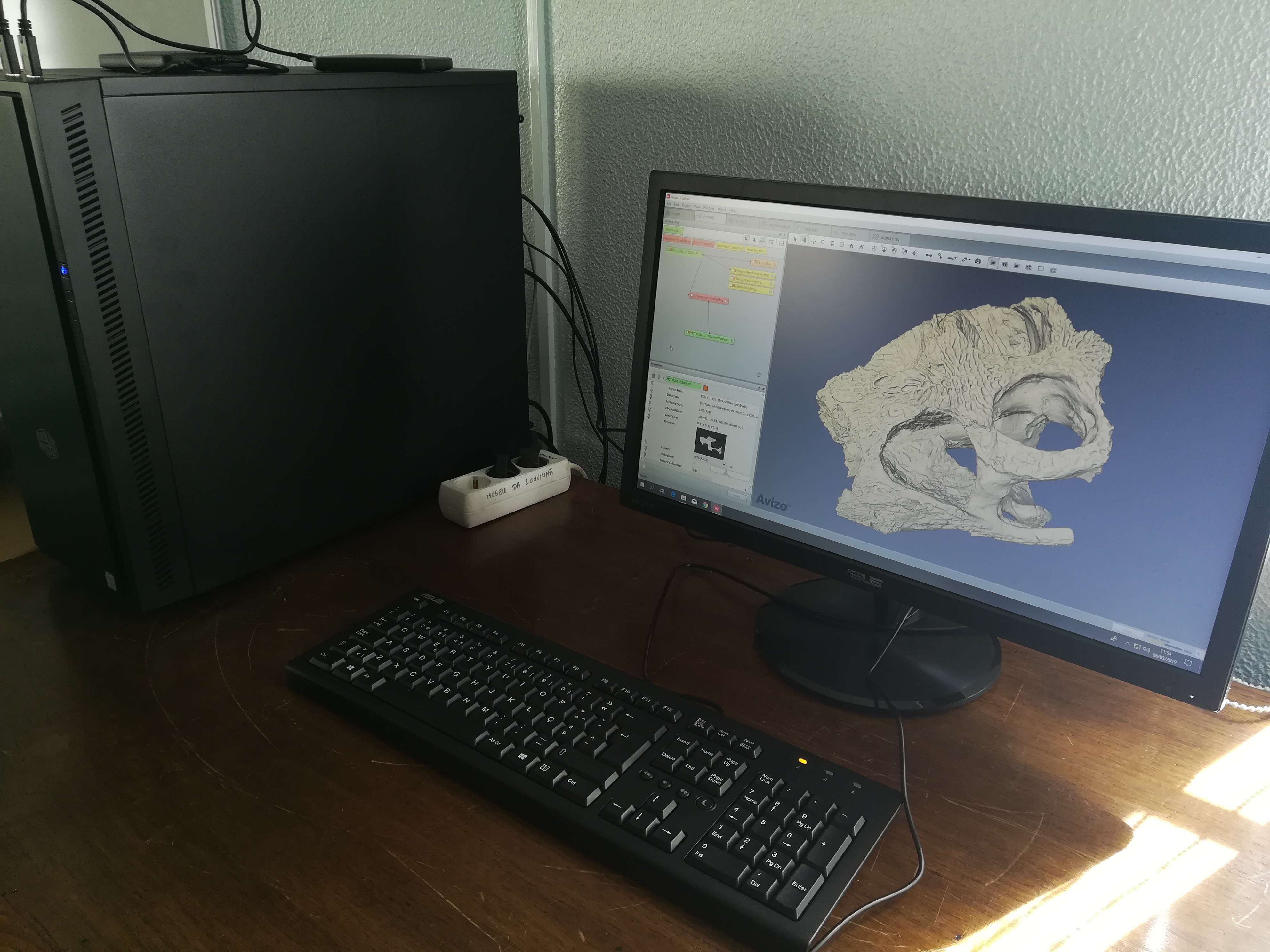Research Developed at the Lourinhã Museum
 The Lourinhã Museum actively promotes research in all its vocational areas, with a special focus on the areas of Archeology, Ethnology and Paleontology. The special relevance and volume of initiatives in this last area stands out.
The Lourinhã Museum actively promotes research in all its vocational areas, with a special focus on the areas of Archeology, Ethnology and Paleontology. The special relevance and volume of initiatives in this last area stands out.
The research work carried out by researchers who collaborate with the Lourinhã Museum follows the rules of the institution's Research Department Regulations. For more information, see the regulation here.
To this end, it has facilities prepared for carrying out research work in the most diverse areas. It has a laboratory equipped to prepare and preserve pieces from the museum's different collections and which can be observed by the visiting public. There are also several cabinet spaces available that allow you to consult parts and observe them using a magnifying glass and microscopes.
The available office space was increased due to the protocol signed between the Municipality of Lourinhã, FCT-UNL and GEAL, through the creation of Espaço Nova Paleo.
In addition to office research work, the Museum encourages several campaigns to collect natural, cultural and intangible heritage, which it incorporates into its collections. As a result of this work, the Lourinhã Museum's collection is constantly growing and becoming more nationally and internationally relevant. As such, it is sought after for scientific studies by national and foreign researchers, of different academic degrees.

This theme also includes the support provided to master's and doctoral students, providing physical means and access to collections for the development of their theses. The support given to several students of the Masters in Paleontology, promoted by the Universidade Nova de Lisboa, in collaboration with the University of Évora, is highlighted.
In addition to the specialist collaborators, all of this work is possible to carry out with the help of several volunteers who are a valuable help. Without their effort and commitment, the research work at the institution would be much more difficult and time-consuming.
In addition to its own initiatives, the Lourinhã Museum collaborate in projects and establishes partnerships with various national and foreign entities. Examples include the long-term collaboration with the Project PaleoAngola and the PaleoMoz Project (formerly PalNiassa), as well as occasional collaborations with projects such as the Triassic of Algarve, Triassic of Greenland and Upper Jurassic of Wyoming (United States of America).
For matters related to research, contact us via email.
